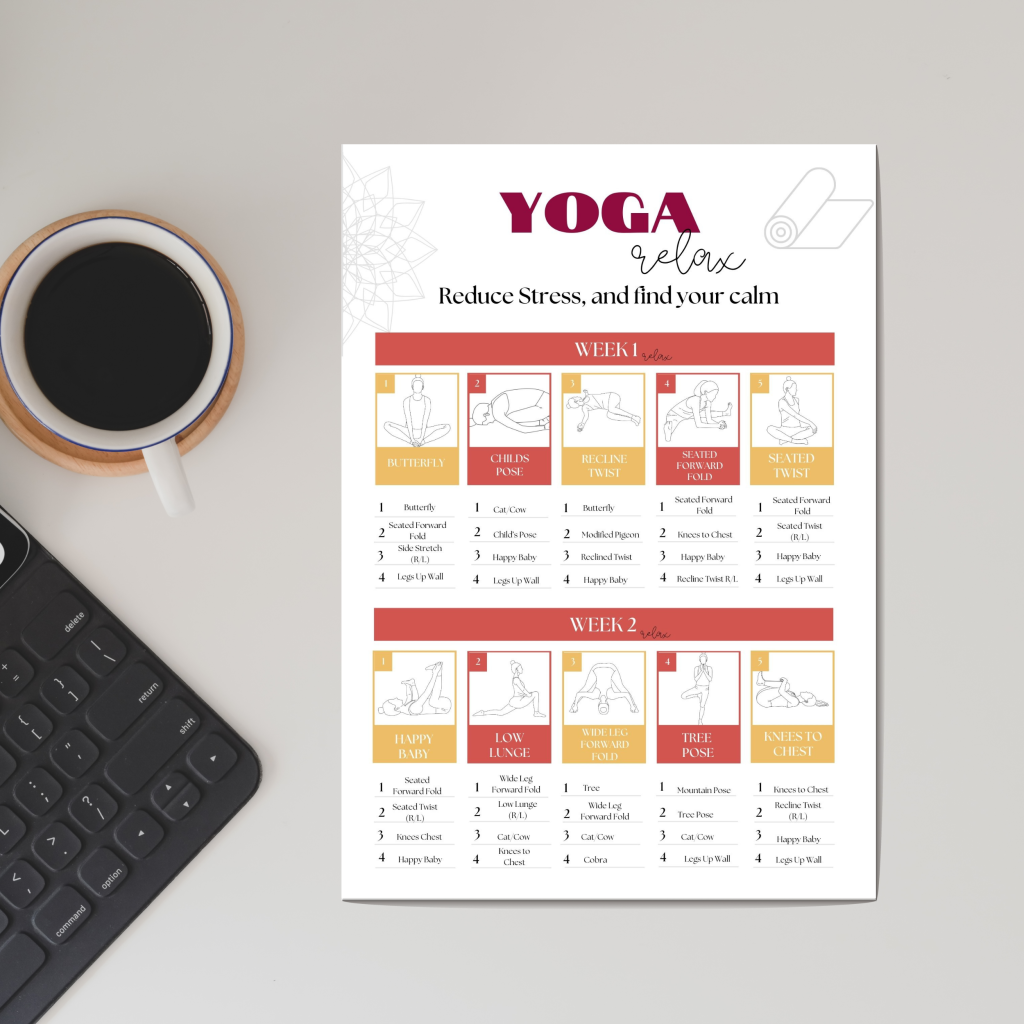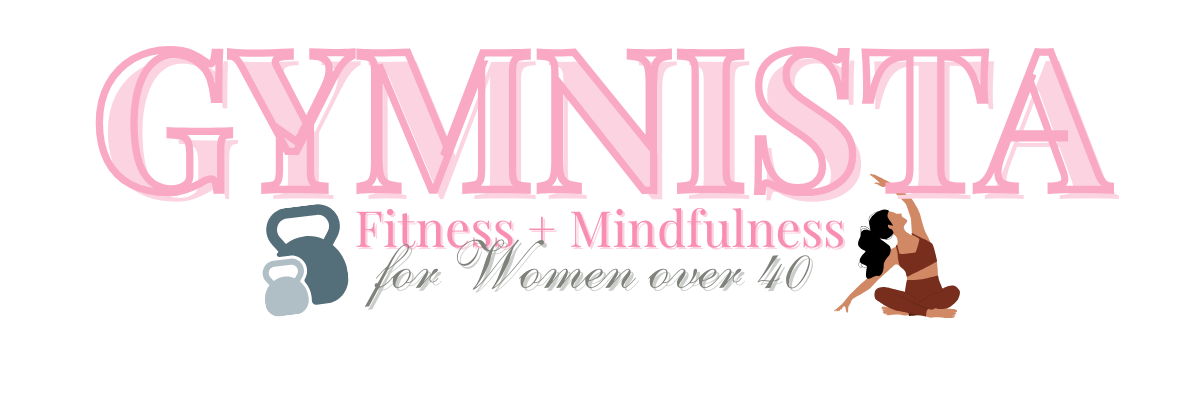If you’ve ever rolled out a mat to loosen up tight muscles, you might have wondered: What’s the difference between yoga and stretching? After all, both involve moving your body into positions that increase flexibility and mobility. But while they may look similar on the surface, yoga and stretching serve different purposes and offer unique benefits. Let’s break it down.
Intent and Purpose
The biggest difference between yoga and stretching is intent. Stretching is typically done to lengthen and loosen muscles, often as part of a workout routine. The goal is simple: improve flexibility and prevent injury.
Yoga, on the other hand, is a holistic practice that combines movement, breath, and mindfulness. While flexibility is a benefit, it’s not the main goal. Yoga aims to create balance in the body, improve strength and mobility, and bring a sense of mental and emotional well-being. It’s about connecting breath with movement and, in many cases, deepening the mind-body connection.
Breathwork Matters
One key element that sets yoga apart from basic stretching is breath control, or pranayama. In yoga, each movement is linked with intentional breathing. Whether it’s inhaling as you lift into Warrior I or exhaling into a deep Forward Fold, the breath helps guide the practice.
Stretching, however, doesn’t always emphasize breathing techniques. You might naturally take deep breaths while holding a stretch, but it’s usually not a structured part of the practice.
The Mind-Body Connection
Stretching is often done as a quick fix—before or after a workout, or when you’re feeling tight. It’s a great tool for physical relief but doesn’t always involve mindfulness.
Yoga, in contrast, encourages a deeper awareness of the body and mind. Many yoga practices incorporate meditation and mindfulness, helping you stay present in the moment. This can reduce stress, improve focus, and even shift emotional patterns.

Types of Movement
Stretching is usually static (holding a position for a period of time) or dynamic (moving through a range of motion). It’s often isolated to specific muscle groups—think hamstring stretches after a run or shoulder rolls to ease tension.
Yoga, however, involves a series of postures (asanas) that create flow and balance. Even in styles like Yin Yoga, where poses are held for longer periods (similar to deep stretching), there is still a focus on breath, energy flow, and relaxation.
Strength and Stability
Stretching focuses primarily on lengthening muscles, while yoga incorporates strength, stability, and flexibility. Many yoga poses, like Plank, Warrior II, and Chair Pose, require muscle engagement and balance, making it a more comprehensive workout for the body.
Final Thoughts
Both yoga and stretching have their place in a well-rounded wellness routine. If you just need to loosen up your muscles, stretching is great. But if you’re looking for something that enhances not just flexibility but also strength, balance, and mindfulness, yoga is the way to go.
So next time you hit the mat, ask yourself: Do I just need a good stretch, or am I ready to flow and breathe my way into something deeper? Either way, your body will thank you.
0